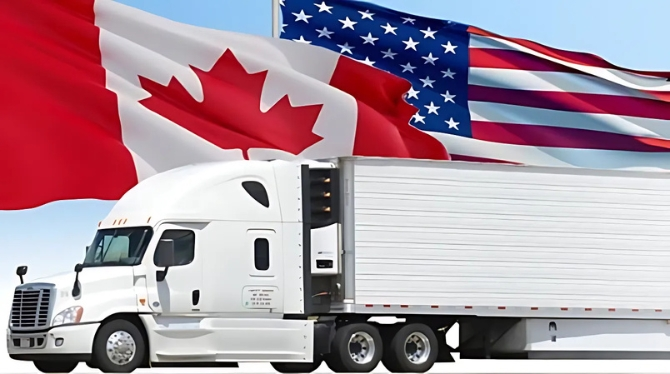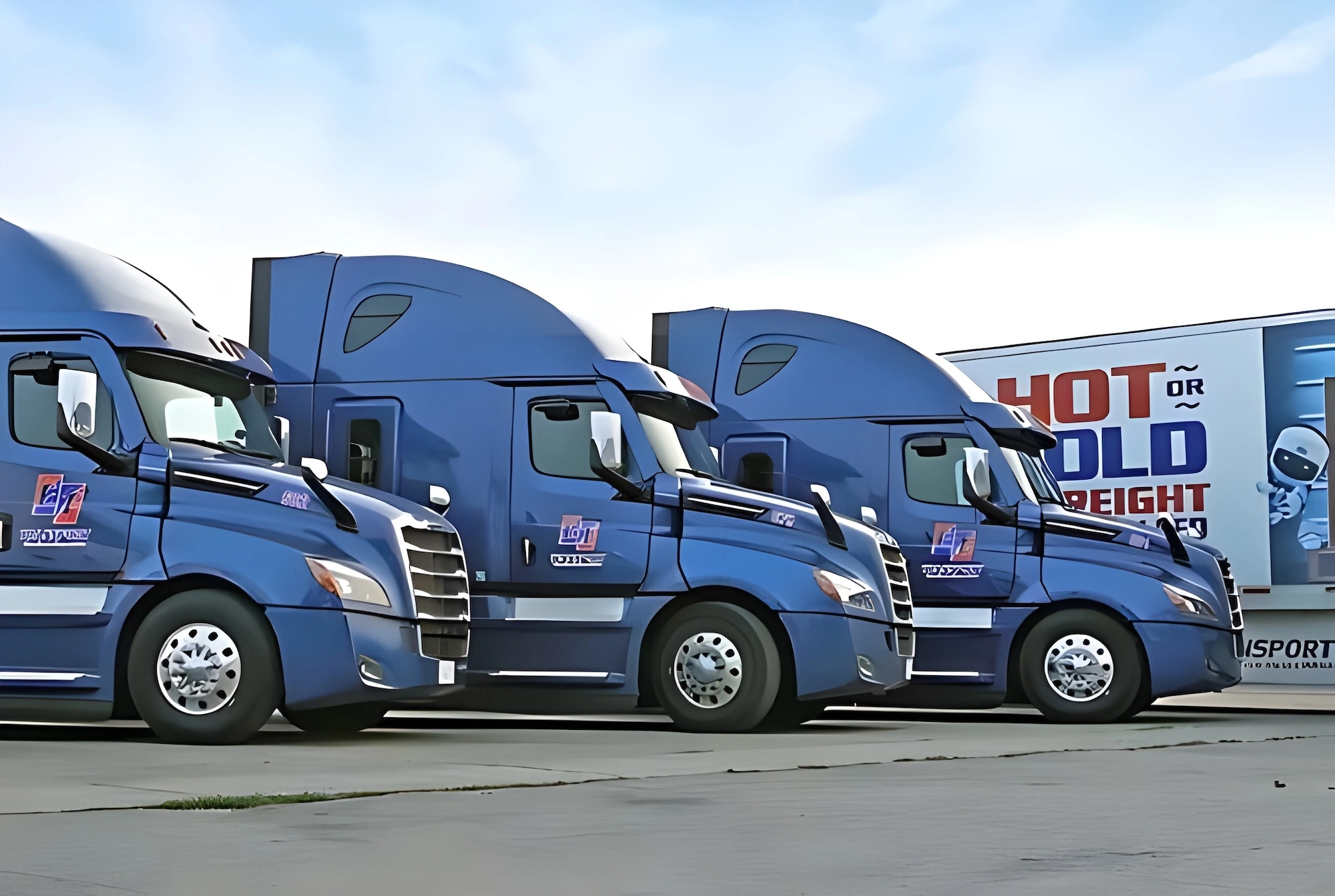Cross-border freight transportation between the United States and Canada plays a critical role in North American supply chains. In recent months, rising trade volumes, regulatory changes, and evolving customs procedures have underscored the importance of efficiency and compliance in cross-border trucking operations.
According to the Bureau of Transportation Statistics, U.S.–Canada cross-border trade reached $67.5 billion in March 2025, a 3.7 percent year-over-year increase. Trucks accounted for $38.7 billion of that volume, marking a 9.5 percent growth from March 2024.
With increased complexity at the border, selecting a qualified and certified carrier has become essential for maintaining shipping timelines, avoiding fines, and ensuring regulatory compliance.
What Are Cross-Border Trucking Services to Canada?
Cross-border trucking services refer to the transport of freight across the Canada–U.S. border under strict regulatory and documentation controls. These services differ from domestic shipping due to customs requirements, carrier certification needs, and inspection processes.
Why they matter:
Key Documents and Customs Requirements
Clear and consistent paperwork is essential for avoiding customs delays and ensuring smooth freight movement across the U.S.–Canada border, as well as regulatory compliance. Carriers and shippers must be aligned in submitting the correct paperwork well in advance of the shipment.
At a minimum, the following documents are typically required:
In addition to the paperwork, shippers are encouraged to work with carriers enrolled in compliance programs that can expedite border processing and reduce inspection delays. These include:
Failure to meet documentation or compliance standards can result in customs delays, additional inspections, penalties, or even the refusal of shipments. Shippers should verify that all documents are consistent, properly labeled, and submitted within required timelines to avoid disruptions at the border.
Common Challenges with Cross-Border Freight
Cross-border shipping introduces challenges that require proactive management. The most common issues include:
ET Transport: A Trusted Cross-Border Carrier
For businesses seeking a reliable cross-border logistics partner, choosing a certified, asset-based carrier is essential. ET Transport meets this standard with proven expertise in temperature-sensitive, hazardous materials (HazMat), and time-critical freight. The company’s 24/7 tracking and warehousing capabilities in Moncton, combined with real-time dispatch, ensure dependable performance on U.S.–Canada routes.
Practical Tips to Ensure a Seamless Cross-Border Delivery
Delays and compliance issues often arise from simple oversights. To help prevent disruptions at the Canada–U.S. border, logistics professionals should keep the following in mind:
Conclusion
Cross-border trucking success depends on reliable partners, accurate documentation, and proper compliance. Selecting a carrier with the necessary certifications, equipment, and expertise can substantially reduce risk and enhance delivery performance.
👉 Request a tailored quote today to streamline your cross-border operations.


